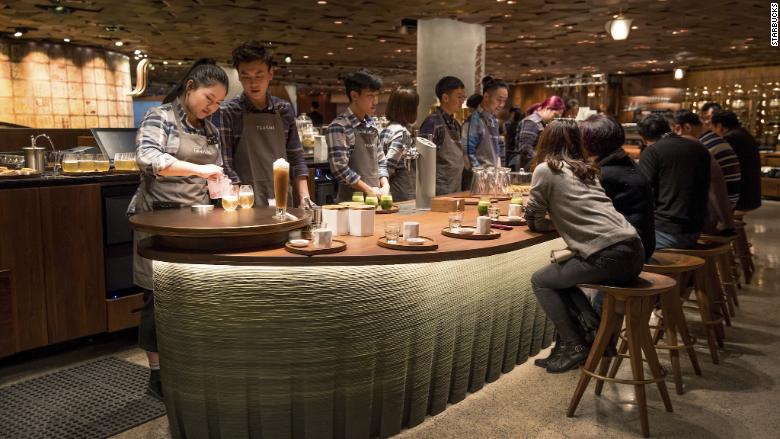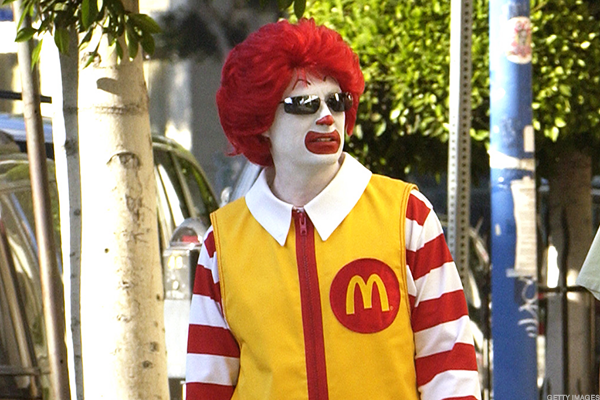A Subway sandwich is far more than the sum of its fillings, franchisee Keith Miller says.
Those ingredients cost roughly $2. Then he pays labor. Electricity. Gas. Royalties. Credit card transaction fees. Rent.
All told, Miller, who owns three Subway franchises in Northern California, says it costs him well over $4 to produce one of Subway’s foot-long subs. And that is why, when the chain announced plans to drop the price of the sandwich to $4.99 starting in January, he and hundreds of Subway’s other 10,000 U.S. franchisees sent a strongly worded letter warning that the promotion could force some stores to close.
“The numbers don’t work for us,” said Miller, who also chairs an industry group, the Coalition of Franchisee Associations. “Ten years ago, they might have worked. But now they don’t, in my opinion.”
As fast-food chains across the country have slashed menu prices to revive flagging sales, a growing rift has emerged between some name-brand corporations and the local operators who run their outlets.
For years now, the retail industry has been shaken by giant companies that have been able to keep prices low, wooing consumers but squeezing suppliers and smaller competitors. But in the restaurant business, the push to keep prices low has pitted corporate headquarters against individual outlet owners — all operating under the same brand.
Corporations need to grow systemwide revenue to please board members and shareholders. But small-scale franchisees, who face rising costs and increased local competition, are far more concerned with store-level profits.
In addition to Subway’s plans to relaunch the $5 Footlong, McDonald’s will revive a version of its Dollar Menu next month. Taco Bell has promised to expand its selection of discount items, as have Wendy’s and Jack in the Box.
“This is an inherent financial conflict between franchisees and franchisers,” said J. Michael Dady, a lawyer at the Minneapolis firm Dady & Gardner who represents franchisees in conflicts with their corporate parents. “And some have handled it much better than others have.”
To date, the uprising at Subway has been the most visible.
In late November, franchisees began circulating a petition that asked Subway to withdraw the foot-long deal, which they said would hurt their businesses.
Under the franchise system, chain restaurants such as Subway coordinate menus, product sourcing, store design and strategy across all locations. Local operators pay the chain to belong to that system. They also manage the day-to-day business of their stores — rent, labor, ingredients, utilities, maintenance and equipment — and draw their paychecks from whatever is left.
The District has approved raising the minimum hourly wage to $15. Here’s how the measure will be implemented. (Claritza Jimenez/The Washington Post)
Discounts can cut dangerously deep into those margins, the petition says.
The document has been signed by nearly 900 people from 39 states who claim to own Subway franchises. Like Miller’s, many are small or family-run entities that operate only a handful of locations.
“Franchisees have repeatedly voiced concerns about frequent and deep discounting,” the petition reads. “Franchisees believe this constant deep discounting has been detrimental to the Brand — as well as restaurant profitability.”
Such a public revolt is highly unusual, said John Gordon, the founder of Pacific Management Consulting Group, a restaurant-oriented firm based in San Diego. The closest precedent is a 2009 lawsuit filed by Burger King franchisees who claimed they were losing money on every sale of the chain’s $1 double cheeseburger.
In a statement, Subway said that the petition does not represent the views of the majority its franchisees and that the promotion is optional. Business owners who opt out, however, may face disgruntled customers.
In a separate presentation to franchisees, Subway said the promotion was intended to help them stanch several years of falling traffic.
“We are in constant communication with our Franchisees and Development Agents,” the company said in its statement. “They are actively involved in many aspects of our decision-making process, and we welcome and encourage their feedback.”
But many franchisees say that corporate attempts to grow sales have added to a growing list of challenges.
Miller said that when he bought his first Subway 28 years ago, his margins could swell as high as 18 percent. But since then, he said, competition has grown far more fierce and costs have risen dramatically for labor, utilities and rent.
Labor costs at fast-food restaurants have increased in each of the past three years, according to the financial-consulting firm BDO, the result of rising minimum wages and increased competition for employees. While the federal minimum wage has not risen since 2009, 29 states and the District of Columbia have instituted higher wages.
In California, where the minimum wage will be $11 per hour starting Jan. 1, Miller’s labor costs are up 50 percent from 10 years ago, he said. The cost of a full-price sub has risen only 20 percent.
“It’s a hard cost per sandwich,” Miller said. “People can only make so many sandwiches per hour. We find it’s about seven.”
Meanwhile, the restaurant market has grown more crowded. Between 2009 and 2014, the United States added nearly 18,000 fast-food restaurants, according to the Agriculture Department — growing at more than twice the rate of the population over the same period and continuing a decades-long trend.
To make matters worse, it’s not just quick-service restaurants competing for consumers’ dining dollars anymore. Fast-casual restaurants such as Panera, delivery services such as GrubHub and meal kits such as Blue Apron have all muscled their way into the market, as have grocery and convenience stores.
As a result, year-over-year sales at fast-food and fast-casual chains have fallen dramatically over the past two years, according to Technomic, a restaurant-analytics firm. And because name-brand chains report those numbers to investors, it has put them under enormous pressure to find ways to pull in more customers — even customers who don’t spend a lot of money per ticket.
Enter a time-honored technique: deep discounts and low-margin “value” items.
“It’s a very classic way to get [sales] up,” Gordon said. “And it’s a very common source of franchisee conflict.”
The idea behind these promotions is that franchisees sacrifice some profit per item in the hope that increased traffic will make up for those losses or that customers will also spring for a side or drink. Ideally, the deals benefit both big-name chains and franchisees.
But operators often see discounts as a gamble, said Dady, the lawyer.
“These are the people who are most invested in the business, as opposed to the big guys,” he said. “They’re not against all discounts. But what our clients want to know is: Will there be a return on the investment?”
In recent months, Dady has heard from a number of clients who are concerned about upcoming promotions. Many cannot speak publicly because of the risk of retaliation from their corporate parent, he added; many franchising contracts include disparagement as a reason for termination, and some firms have subjected complainers to nuisance health and cleanliness inspections.
But analysts say that franchisees for Little Caesar’s, the country’s third-largest pizza chain, also have been vocal behind the scenes — even refusing, in some cases, to carry the $5 pizzas widely advertised on TV.
And at McDonald’s, some franchisees have protested the chain’s cascading promotions, telling analyst Mark Kalinowski in a periodic survey that the deals had cut into their profits.
“We are discounting heavily, against my will,” one franchisee wrote. “So sales should be up and profits down.”
But despite the feedback from some franchisees, analysts say that the discounting push is not likely to end. Chains have no other choice in this ultracompetitive environment, said Malcolm Knapp, the founder and president of an eponymous market-research firm based in New York. Many, he added, have succeeded in devising tiered value menus that also work well for local owners.
“The reality in fast food now is that you need a value menu to survive,” Knapp said. “If you could live without it, would you? Sure. But the business shows you can’t.”
At Subway, the return of the $5 Footlong is also moving forward, nearly 10 years after the chain originally introduced it nationwide. Subway offered the deal periodically between 2008 and 2016, when the company raised the price to $6 — a reflection of rising costs, it said.
Those costs are still rising, Miller points out. And increasingly, he and other fast-food franchisees say that they are getting caught in the middle.
“That’s not just true at Subway, but at all quick-service restaurants,” he said. “You used to be able to make money in this business. Now, well, a lot’s different.”


 Franchisee finders
Franchisee finders



